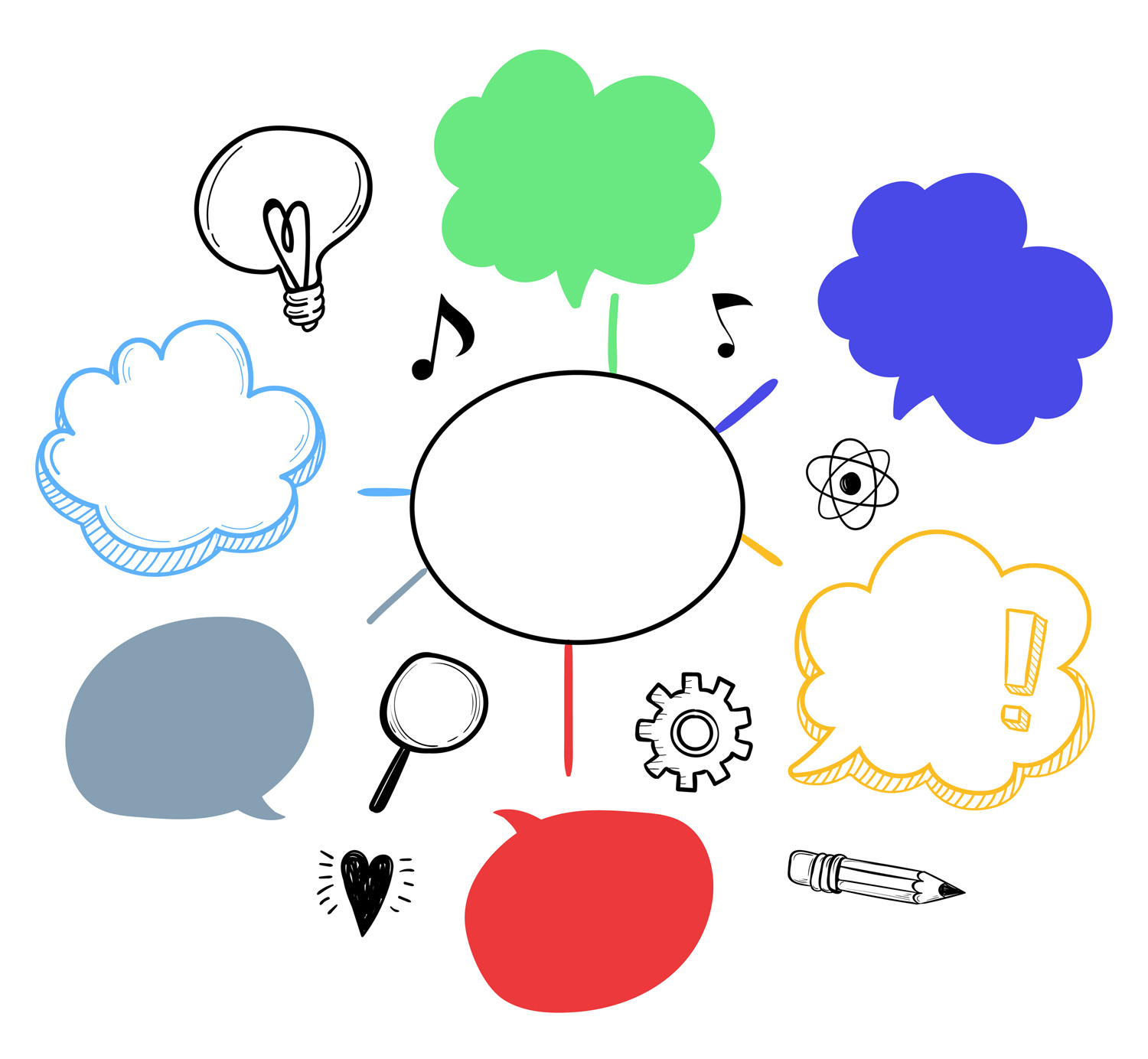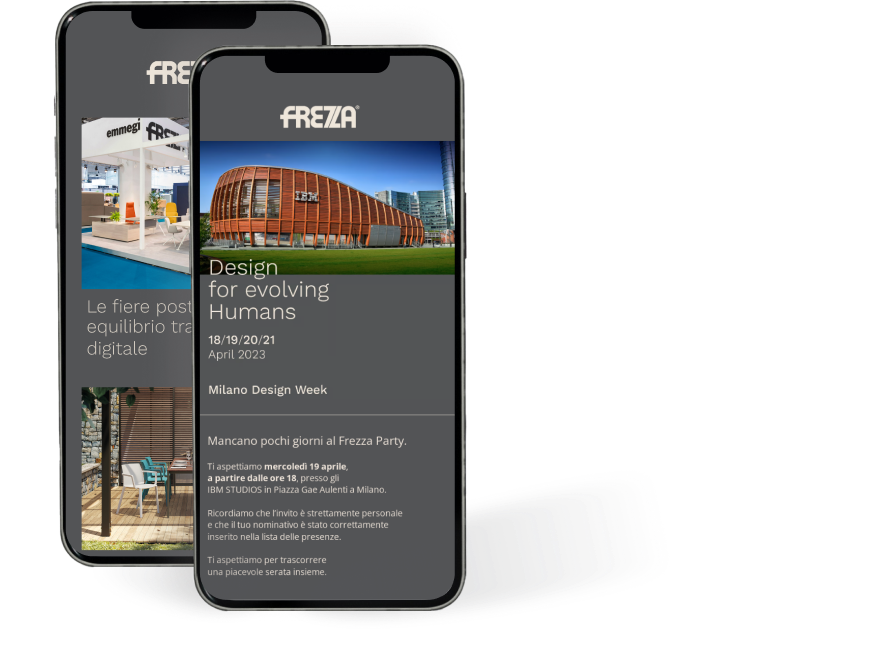In a company it’s very important to stimulate the creative process. One of the most popular techniques is brainstorming, a series of actions aimed at helping teams improve the development of new ideas.
The term dates back to the 1940s and was coined by advertising executive Alex F. Hosborn, who included it in his book How to Think Up.
The same book contains the four main rules of brainstorming, which are still considered valid today:
- Never criticise other people’s ideas and let them express themselves without judgement and in due time. Only at the end of the discussion is it possible to give one’s own opinion;
- Share even the most exaggerated ideas, as long as they take their cue from the information given during the initial analysis;
- Express as many ideas as possible, because valuable content can be extracted from quantity;
- All participants must be actively involved in refining the ideas proposed by colleagues.
On the basis of these axioms, brainstorming activities develop in three phases: idea presentation, discussion and selection.

How should the ideas of the whole team be presented? In this article we’ve summarised the 10 main techniques.
- Concept map (mind mapping) – This is the most widespread method and is also used in schools. In the centre of the board, the most important word for the project is written; related words and shared ideas are then written next to it.
- Brainwriting – All participants write down their ideas on a sheet of paper; after a few minutes they pass it on to the person sitting next to them, who will add their own or implement those of the person before. The activity continues for a short time, at which point the sheets are discussed one by one, choosing the most effective ideas. This method allows even the shyest individuals to present their ideas.
- Rapid ideation – The whole team has to write down as many ideas as possible on a sheet of paper, within a short defined time. At the end, all writings are viewed together to identify the presence of similar, complementary or different but highly creative and effective solutions.
- Negative brainstorming – In this case, people indicate how they would act to make the project fail. This technique helps to make weaknesses evident in order to plan around them. Usually, negative brainstorming is used in conjunction with a SWOT analysis, in order to also understand the main opportunities.
- Round–robin – Each team member presents his or her idea in turn, without interruption, before the discussion starts. In the meantime, everyone else can just transcribe their thoughts and think about their idea, while waiting to express it. In this way, after one or more rounds of the table, everyone will have given their opinion.
- Straw man proposal – This technique is used for both brainstorming and problem solving and is based on an iterative hypothesis-feedback-test design, which allows the whole team to interact. We have dedicated an in-depth look at the method in this article.
- Role playing – One chooses an important character (a high-level manager in the company, a celebrity or a particularly demanding customer) and imagines seeing the situation from his or her perspective. Eg. How would Steve Jobs approach this product launch? If I were my own customer, what would I complain about?
- Teleportation – When ideas aren’t flowing, changing the environment could help make the situation more stimulating. Usually choose places that are more informal than the office (such as a park or a café), to put everyone at ease.
- Starbursting – Start by drawing a six-pointed star, each of which indicates a question: who, what, how, when, where, why. Participants start by answering all the questions, only formulating the solutions later.
- Stepladder – The manager shares the goal of the brainstorming session and takes all but two participants out. After a few minutes (and the first generation of ideas) he brings in another person, then gradually (every 5 minutes or so) the others, one at a time.
When choosing the right methodology for your team, there is no perfect technique: the characteristics of the people and the project may require different types of brainstorming. Testing different approaches over time can lead to excellent results!

